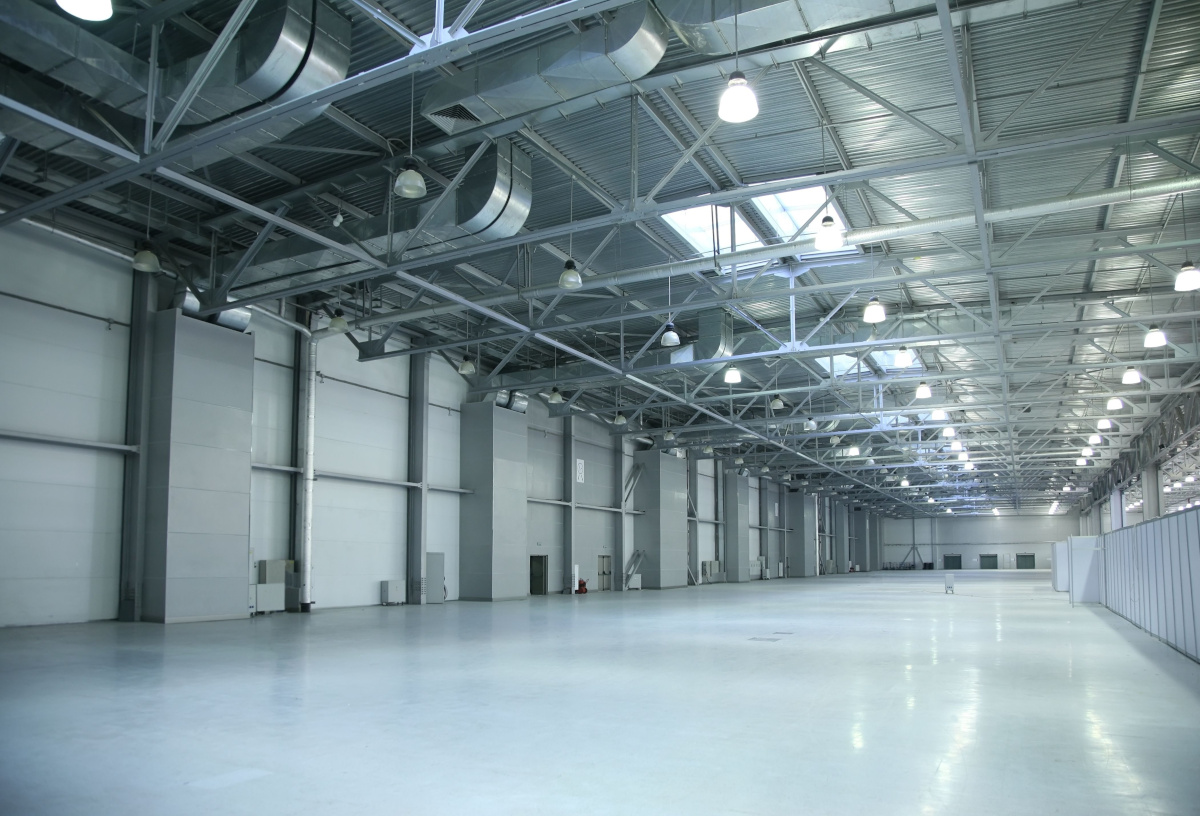Comprehensive Physical Access Control: Securing Facilities with an Integrated Approach
June 3rd, 2024 by admin

Physical access control refers to the systems and measures implemented to regulate and monitor the entry and exit of individuals into secure areas or facilities. In today's world, where the protection of assets, data, and personnel is of utmost importance, physical access control plays a crucial role in safeguarding organizations from unauthorized access and potential threats. This article will explore the various components that make up an effective physical access control system, providing a comprehensive understanding of how these elements work together to ensure optimal security.
Credential-Based Access Control
At the core of any physical access control system are credentials, which serve as a means of identifying and authenticating individuals seeking entry. Credentials can take various forms, each with its own advantages and disadvantages.
Keycards and proximity cards are among the most common credential types. These cards employ radio frequency identification (RFID) technology and are easily distributed and revoked. However, they can be lost, stolen, or shared, posing potential security risks.
Biometric credentials, such as fingerprint, iris, or facial recognition, offer a higher level of security by relying on unique physiological characteristics. While more secure, biometric systems can be more expensive to implement and may raise privacy concerns.
Mobile credentials, which utilize smartphones or wearable devices, provide a convenient and modern approach to access control. They eliminate the need for physical cards and can be easily updated or revoked remotely. However, they rely on the security of the mobile device and may require additional infrastructure and compatibility considerations.
Access Control Readers and Panels
Access control readers play a vital role in the physical access control system by verifying the credentials presented by individuals seeking entry. There are various types of readers available, each designed to work with specific credential types.
Proximity readers are commonly used with keycards and proximity cards. They rely on RFID technology to read the credentials when they are within a certain range.
Biometric readers, such as fingerprint or iris scanners, are used in conjunction with biometric credentials. These readers capture and analyze the biometric data of the individual seeking access.
Mobile credential readers are designed to work with smartphone-based credentials, often using technologies like Bluetooth or NFC (Near Field Communication) for authentication.
Access control panels serve as the brain of the system, processing the data received from the readers and controlling the door hardware accordingly. Intelligent panels have built-in processing capabilities and can make access decisions locally, while non-intelligent panels rely on a centralized server for decision-making.
Door Hardware and Locks
The door hardware and locks used in a physical access control system are critical components that physically control access to secure areas. Electromagnetic locks, which are commonly used, rely on an electrified armature plate to secure the door. When a valid credential is presented, the lock is released, allowing entry.
Strike locks, on the other hand, are integrated into the door frame and work in conjunction with a latch or bolt on the door itself. They provide an additional layer of security and can be used in combination with other locking mechanisms.
Exit devices, such as panic bars or push pads, are essential for ensuring safe egress in case of emergencies. These devices allow occupants to exit the secured area quickly without requiring credentials.
The integration of door hardware with the access control system is crucial for ensuring seamless operation and maintaining the desired level of security.
Access Control Software
Access control software plays a vital role in managing and configuring the various components of the physical access control system. This software provides a centralized platform for user management, access level configuration, and reporting and auditing functions.
User management features allow administrators to add, modify, or delete user credentials and access privileges. Access level configuration enables the creation of customized access rules based on factors such as time, location, and user roles.
Reporting and auditing capabilities are essential for monitoring system activity, generating audit trails, and identifying potential security breaches. These features provide valuable insights for incident response and investigations.
Integration with other systems, such as video surveillance or intrusion detection, further enhances the overall security posture by enabling coordinated monitoring and response.
Regular software updates and maintenance are crucial to ensure the system remains secure, compliant, and up-to-date with the latest technological advancements.
Monitoring and Reporting
Monitoring and reporting are critical components of an effective physical access control system. Real-time monitoring allows security personnel to actively observe and respond to access events as they occur, enabling prompt action in case of unauthorized access attempts or security breaches.
Event logs and audit trails provide a detailed record of access activities, facilitating investigations and enabling organizations to identify potential security vulnerabilities or areas that require attention.
Automated reports and alerts can be configured to notify relevant personnel or trigger predefined actions based on specific access events or patterns, further streamlining the monitoring and response processes.
Physical access control systems involve a complex interplay of various components, including credentials, readers, panels, door hardware, software, and monitoring and reporting mechanisms. Effective integration and coordination of these elements are essential for creating a comprehensive and robust access control solution that safeguards facilities and assets from unauthorized entry.
As organizations continue to prioritize security and risk management, investing in a well-designed and properly implemented physical access control system becomes increasingly crucial. By leveraging the latest technologies and best practices, organizations can enhance their overall security posture and protect their valuable assets and personnel. Contact us to learn more.
Posted in: Services

